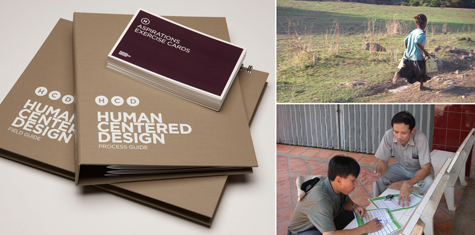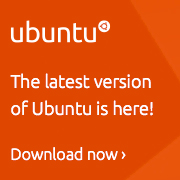On consultant’s (playbook) and toolsets
Ideally a consultant’s workbench (and playbook) is wide and deep, providing both specialized best practices (the best tool for the job) and flexible, adaptive multi-use tools (Leatherman style). Then, resting deep in the racks a collection of methods (and affiliated tools) should exist as well. Nobody can be the master of all instruments, but having an overview of what’s there is a good thing.
This week I came across two collections that may be tucked away under the workbench for some time but that are good to keep and good to blog about.
One is a collection of communication tools used in design processes (that deal with complex systems, yay) compiled by Roberta Tassi for her thesis at the Politecnico di Milano. 45 tools sorted by “design activity, the kind of representation they produce, the recipients they are addressed to, and the contents of the project they can convey”: “Service design tools – communication methods supporting design processes”:
“The thesis investigated the relation between communication design and service design, starting from the observation of the existing practices in the field of service design. The critical points and the opportunities concerning the use of communication tools during a service design process also emerged.
The aim of this website is to share with the (service) design community the results of the research and to build an open platform of knowledge: any comments and suggestions are appreciated.”
The second one came up via a tweet of Lee Bryant, an IDEO provided free toolkit for NGOs and social enterprises,
[…] a toolkit for applying Human-Centered Design to inspire new solutions to difficult challenges within communities of need.
Human-Centered Design is a process used for decades to create new solutions for companies and organizations. Human-Centered Design can help you enhance the lives of people. This process has been specially-adapted for organizations like yours that work with people in Africa, Asia, and Latin America. Human-Centered Design (HCD) will help you hear people’s needs in new ways, create innovative solutions to meet these needs, and deliver solutions with financial sustainability in mind

Why does an Enterprise 2.0 consultant need this? Two words: insight and inspiration.
[…] Designing meaningful and innovative solutions that serve your customers begins with gaining deep empathy for their needs, hopes and aspirations for the future.




